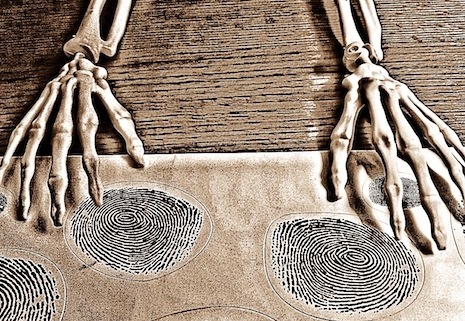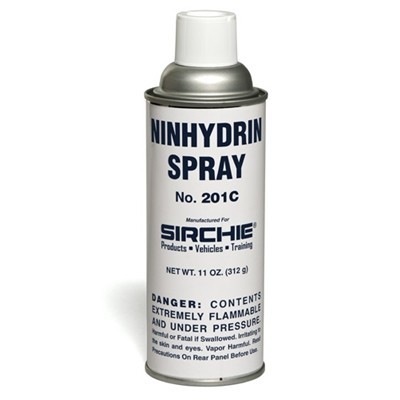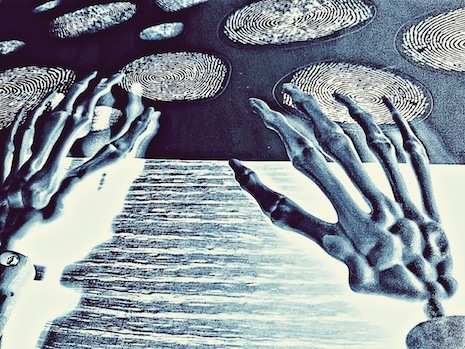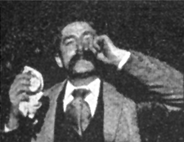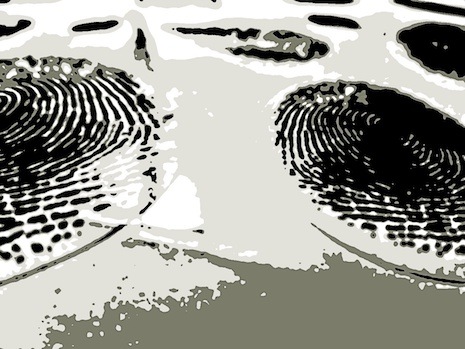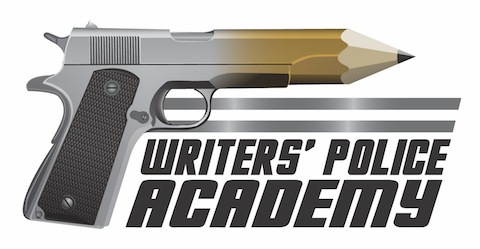This year, 2019, the Writers’ Police Academy has gone far outside the box to provide a rare opportunity for writers, fans, readers, and anyone who’s fascinated with the knowledge of how homicide investigators solve even the most complex cases. It’s called MurderCon and its name says it all. The four day event is all about the crime of murder.
MurderCon is not a writers conference where attendees learn plotting and sentence structure and how to land an agent. Not at all. MurderCon, as its name suggests, is designed to help writers bring much-needed life into their “death” scenes, and how their characters should go about reaching a solution to those cases—collecting and preserving evidence, interrogating suspects, examining blood evidence, concealing a murder using fire, and clandestine grave investigations, to name a few.

In addition to the steps involved when investigating a homicide, MurderCon offers the little things, facts and intricate details that you’d never, not ever, have the opportunity to experience, unless, of course, you’re an actual homicide investigator.
It’s those nitty-gritty details that make readers turn pages and stay up all night hoping to solve the crime before the hero of the tale brings the case to its conclusion. They’re the points that could send your stories soaring to levels you might never have achieved without attending this extraordinary event.
“When writers graduate from MurderCon, they’ll have the knowledge to describe what really happens—and doesn’t happen—in a homicide investigation.” ~ Sirchie’s Vice President of Product Development and Training, Dyer Bennett
During this intense weekend, we’re offering a collection of amazingly detailed and hands-on classes and training sessions that are typically available only to law enforcement. You will indeed participate in actual training at the very source of crime scene and forensic technology, the one and only training and manufacturing facility of Sirchie.

Buried Bodies, a MurderCon session taught by Dr. Bryan W. Brendley, is an outdoor session with demonstrations of various stages of a clandestine grave excavation. Dr. Brendley currently serves as a cold case consultant. In addition, he’s an expert in Clandestine Grave Recovery, Forensic Palynology, Drowning Forensics, Land- and Water-Based Crime Scenes, and Forensic Dental Identification.
Sirchie, the global leader in Crime Scene Investigation and Forensic Science Solutions, is, to put it simple terms, is an industry leader staffed by a team of famed professionals who research a need, develop a product to meet those needs, and then manufactures and distributes those products to law enforcement worldwide. They fabricate and make available thousands of products, from patented fingerprint brushes and powders all the way to high-tech surveillance and evidence collection vehicles, and lots more in between.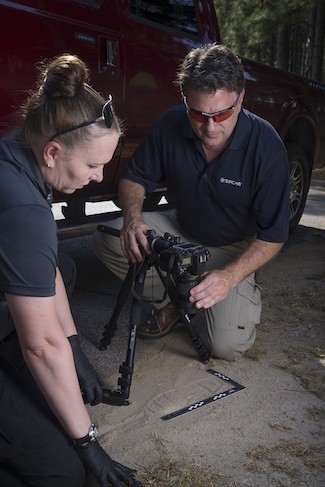
In addition to tools and equipment, Sirchie offers world class, high-level training at their elite Youngsville, N.C. compound. It’s a private facility that sits on a sprawling property. Their renowned group of instructors are some of the best in the business.
Sirchie instructors teach classes, courses, and workshops to law enforcement professionals from local and state police forces as well as officers and agents from federal agencies, including state prison systems, airport security, FBI agents focused on counter terrorism, and Treasury and Secret Service agents. International students travel to Sirchie from countries ranging from Italy to Mexico and Argentina to Qatar.
To give you an example of the level of instruction MurderCon attendees will receive … remember the horrific Polly Klaas kidnaping and murder? This was a convoluted investigation that involved multiple law enforcement agencies—local, state, and federal, including the FBI—over 4,000 volunteers who assisted in the search, major television network shows such as America’s Most Wanted and 20/20.
Over 500 search team members from 24 agencies were involved in what was the largest effort of its kind in the state of California.
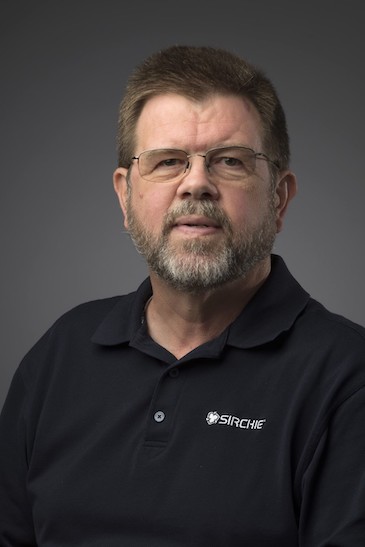 One of the key investigators involved in the Polly Klaas investigation was David Alford, a Sirchie and MurderCon instructor.
One of the key investigators involved in the Polly Klaas investigation was David Alford, a Sirchie and MurderCon instructor.
Agent Alford, now retired after 21 years of service, was one of the founding members of the FBI Evidence Response Team (ERT).
Since David and crew founded the extremely vital ERT team, it has grown tremendously and is now composed of supervisory special agents, forensic canine consultants and operations and logistics management specialists, and management and program analysts.
The ERT program supports teams in all 56 FBI field offices to ensure evidence is collected in such a manner that it can be introduced in courts throughout the U.S. and the world.

*ERT information and image source – FBI.gov
David also conducted crimes scene searches on numerous international violent crimes and bombings, as well as being involved the search of the Unabomber’s cabin and the 9/11 Pentagon scene. He’s a Forensic Serologist, Hair and Fibers Examiner, and Bloodstain Pattern Analyst.
David Alford’s session at MurderCon exposes attendees to proper methods to locate, identify, and enhance blood evidence. Also included in this workshop are chemical search methods using luminol and Bluestar. Attendees will also receive an introduction to blood patterns and what they can tell an investigator about a scene, as well as instruction regarding the identification of blood by using chemicals to enhance suspected blood patterns.
And this is only one of the renowned and highly-skilled instructors and the classes offered at the 2019 MurderCon event. When we say MurderCon is the real deal, well, that’s exactly what it is.

Sirchie’s Vice President of Product Development and Training, Dyer Bennett says MurderCon attendees will be trained the same way they train law enforcement. And, writers who’ve attended prior WPA courses can expect the learn-by-doing philosophy to continue. Every course will have a hands-on component.
They’ll see and do what officers see and do.
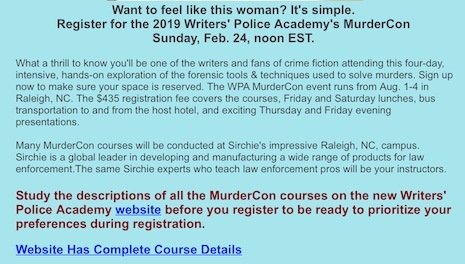

MurderCon is about knowledge. It’s about exciting and teasing the senses of both you and your readers. It’s about enhancing your credibility as an author. It’s about fun.
“Having first-hand experience will allow writers to portray crime scene details realistically; and it will let them share with their readers how it feels to investigate a homicide.” Dyer Bennett
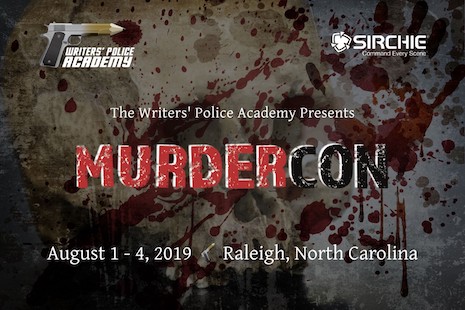
For details about the Writers’ Police Academy special event, MurderCon, please visit our all new website.
Registration opens at noon on Sunday February 24, 2019 EST. Please keep in mind that past WPA events have sold out on the first day. Sometimes within an hour or so of the opening of registration. That’s how wildly popular and important these events are to writers, readers, and fans. So please be ready at noon on Sunday. Believe me, you do not want to miss this one. It’s amazing!
MurderCon
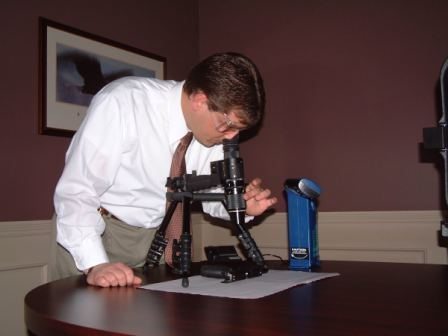
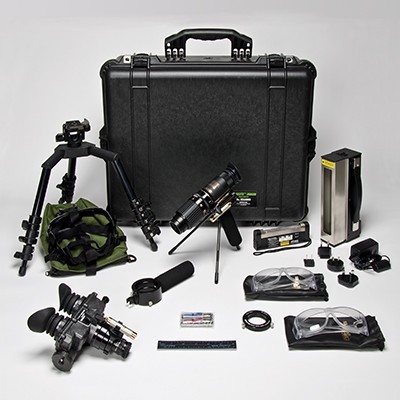


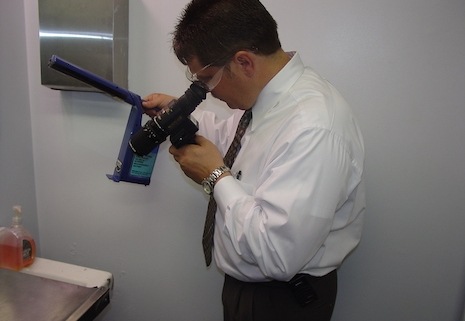
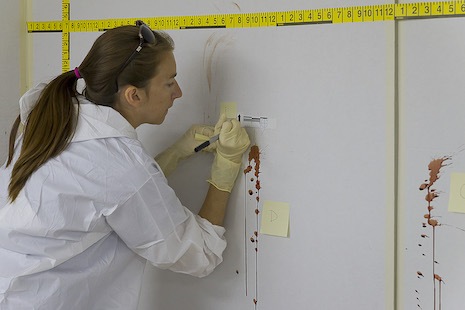



 One of the key investigators involved in the Polly Klaas investigation was David Alford, a Sirchie and MurderCon instructor.
One of the key investigators involved in the Polly Klaas investigation was David Alford, a Sirchie and MurderCon instructor.




